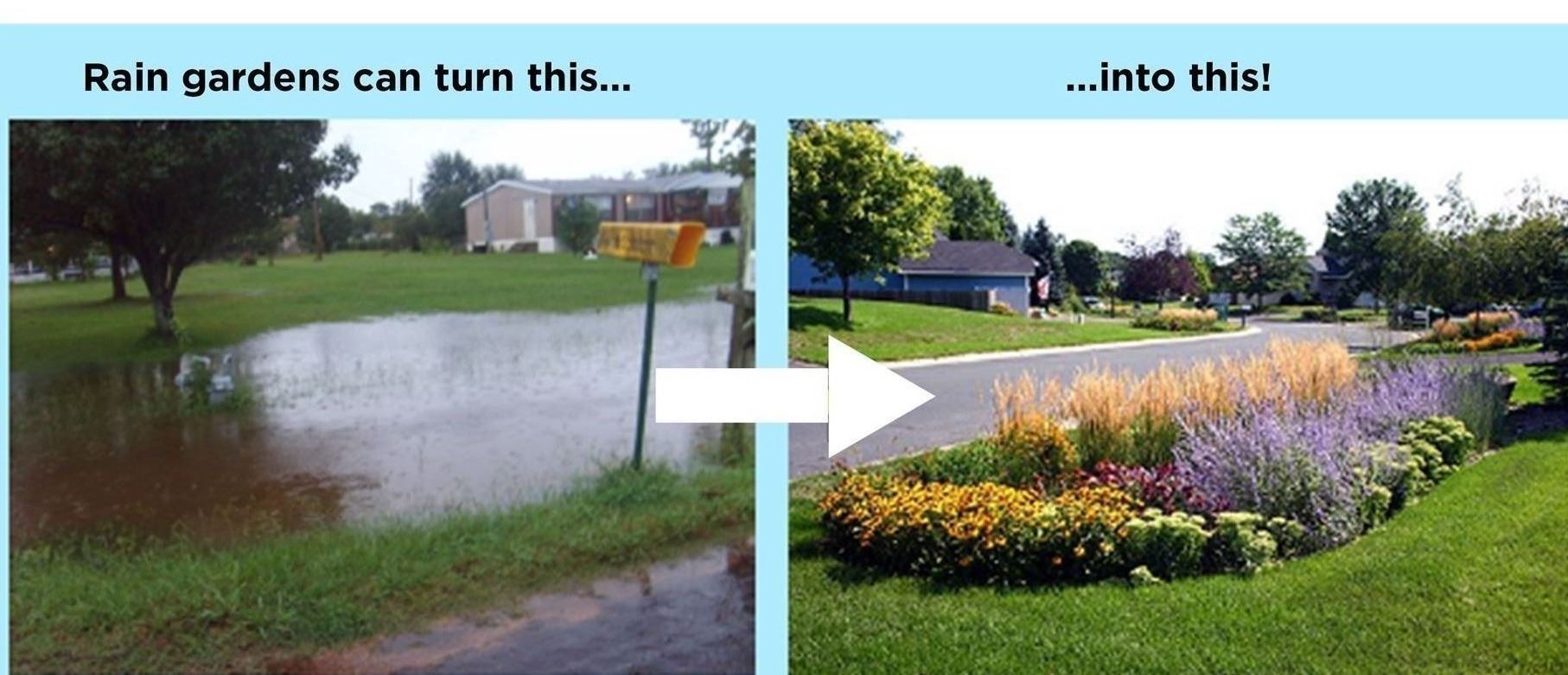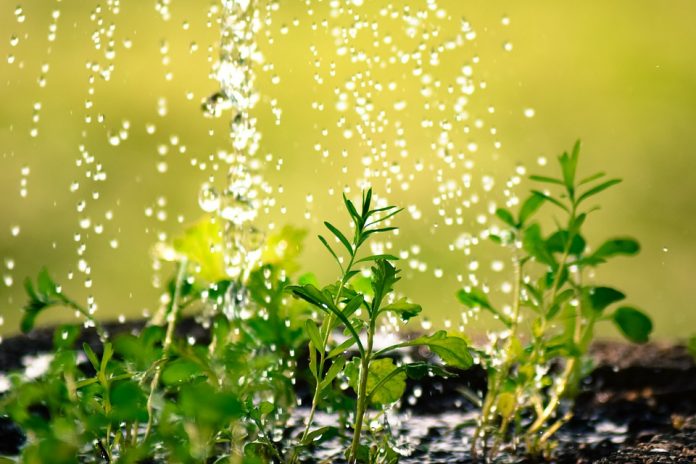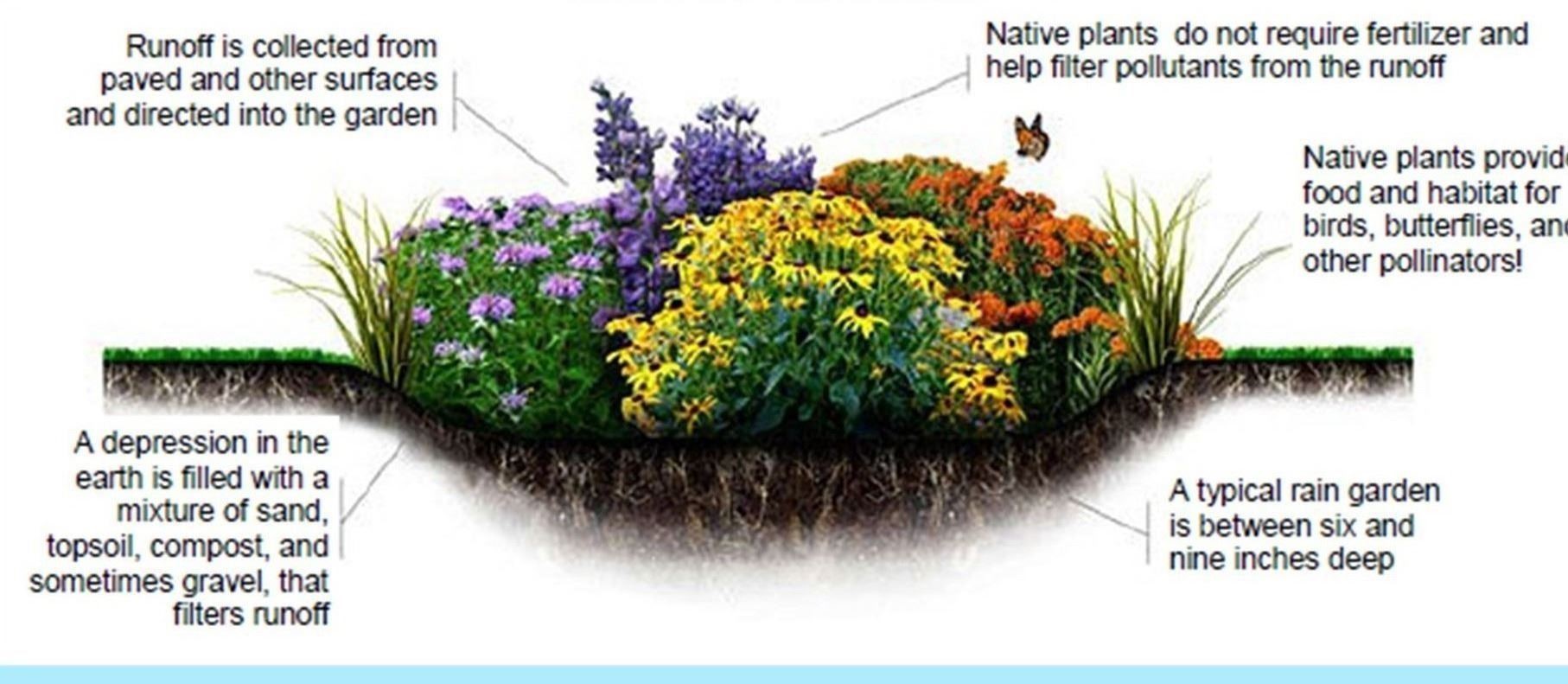The climate change crisis has played a substantial role in changing precipitation patterns. Since the last decade, the number and intensity of “extreme summer rainfall events” have dramatically increased that leads to urban flooding. Therefore, as an active citizen, we should take responsibility and think about possible options for trapping that water. The best way to cope with prevailing circumstances and to protect the environment by torrential rains is to build a rain garden; it is a plant pond that you create by making shallow depression into your soil for collecting rainwater. A rain garden nurtures your backyard, provides wildlife habitat, and protects the environment. For any other options, you can also see more at premierpminc.com. We can substantially minimize the flooding disasters during storm events by establishing it within 100 miles of every community. This article provides you detailed information about making a rain garden with the help of CR Tree Experts that landscapes your backyards and fulfills its environmental functions. It is important to get tree removal services to get backyard cleaned, as noted by Herford’s Tree Care, Inc. who are one of the best in business.
Tools and materials required
- Spade
- Wheelbarrow
- Ropes and twines
- Decorative rocks or stones
- Landscape fabric
- PVC pipe
- Native plants, sedges, and grasses
Selection of site
To make it, observe the texture of your backyard. Site a low spot of your yard that collects water after heavy rain. It should be located at least 10 feet (120 inches) away from your house and 100 to 300 ft2 (1200-3600 inch2) in size. Make sure no large trees are surrounding the site, and it receives 6-8 hours of sunlight. After that, you need to conduct an infiltration test. For this, dig a 4-inch diameter and 1 ft deep hole at the selected site and fill it with water. If water drains in a day, then it’s an ideal spot. If not, then you need to relocate your area.
Soil amendment
The slow water percolation property of clayey soil makes it ideal for adding in your site. If you don’t know your soil type, send a sample to the nearest soil testing laboratory. You can do it yourself if you have a soil testing kit. If the test result indicates sandy soil, you have to add water-absorbing compost to make it perfect for your rain garden. Or, if you have very compact soil, then you need to amend it by adding more sand (60%), compost (20 %), and topsoil (20 %).
Choose a shape for your rain garden
Design your rain garden by using rope or twine by putting on the topsoil of the site area. This will provide a visual outline of the garden. Bean-shape is usually adopted for rain gardens with a concave side facing the source (your roof that is suggested by an expert Roofing Contractor such as 24-Hour Emergency Roofing service). However, the rain garden’s shape options are limitless. You can choose any shape that works best with the rest of the garden design. Just feel free to be creative!
Digging out the garden
Dig a hole by following the established outline. Remove 6 to 9 inches of the soil with a shovel to create a basin where water can gather. However, in the case of clay soil, you’ll have to do a large excavation and then backfilling with gravels and more suitable topsoil. Roanoke Excavating is an excavating contractor Roanoke. If the rainwater follows the path to your rain garden naturally, then there is no need to install pipelines. Pile the large decorative stones to line the edges of the garden that will enhance its aesthetic look. They also prevent overflowing flood-water from entering the surrounding area.
Selection of Plants for a rain garden
You can give a neat or a wild look to your rain garden; go with your choice. It all depends on your likeness and selection of plants. However, the choice of plants for a rain garden is a challenging task. You need to select such plants that can thrive during short-term flooding and can tolerate the period of drought as well. Try to prefer native plants over exotic ones; because native plants can survive under difficult growing conditions and need little care. Besides, they provide better habitat for wildlife, which doubles the impact of your rain garden. Try to add different foliage, textures, and colors to your rain garden to give a more appealing look. Well, monoculture in a rain garden is also fine if it goes well with your overall garden design.
Planting and Care
After selection, grow the water-loving plants near the lowest part of the rain garden. Grow the plants that can survive dry conditions on the margins. Make sure to provide enough “growing room” to plants. Maintain the planting distance between 8-12 inches. After planting, the application of mulch will help to hold moisture and reduce weed growth. Water your garden right after planting and every other day during the first two weeks or so. Once the roots establish, your garden will thrive on rainwater, so no need for additional watering. No need to apply fertilizers, and it will require only minimal weeding after the first summer of growth.
Maintenance
Rain gardens don’t require special care and maintenance as other gardens. Once it’s established, you need to do a routine pruning, deadheading, tree trimming or removal via a tree service, and topdressing with mulch every year. It helps to provide nutrients and suppress weeds growth.
Benefits of a rain garden
Do you know an inch of rain on a 100 ft2 (1200 inch2) surface provides 60 gallons of water! Think what will happen if you make a rain garden to collect that much water?
Following are a few of the many benefits of making a rain garden
- You can reduce the risk of water in the basement.
- Rain garden recharges groundwater supplies (can absorb 30% more water than a lawn)
- It supports wildlife habitat (It will attract the natural fauna to the garden).
- You can enhance the aesthetic beauty of your lawn by making a rain garden.
- It builds a clean and green environment.
- Rainwater is the best natural source to nourish the plants.
- Your water bills will reduce significantly.
Conclusion
A rain garden is a lovely addition to your landscape. Avalon Design Group experts can also help you to get your beautiful garden done .It is one of the best ways to support biodiversity on sustainable bases. It’s a practical approach to reduce storm-water waste by 99 %. So, just get outside and start building your own gorgeous rain garden for a positive impact. Moreover, you can make more than one rain garden at each downspout if it works with your overall design.















